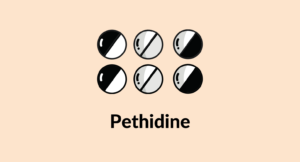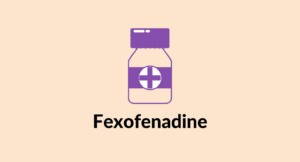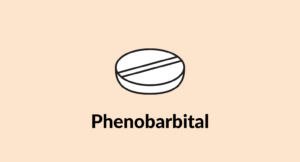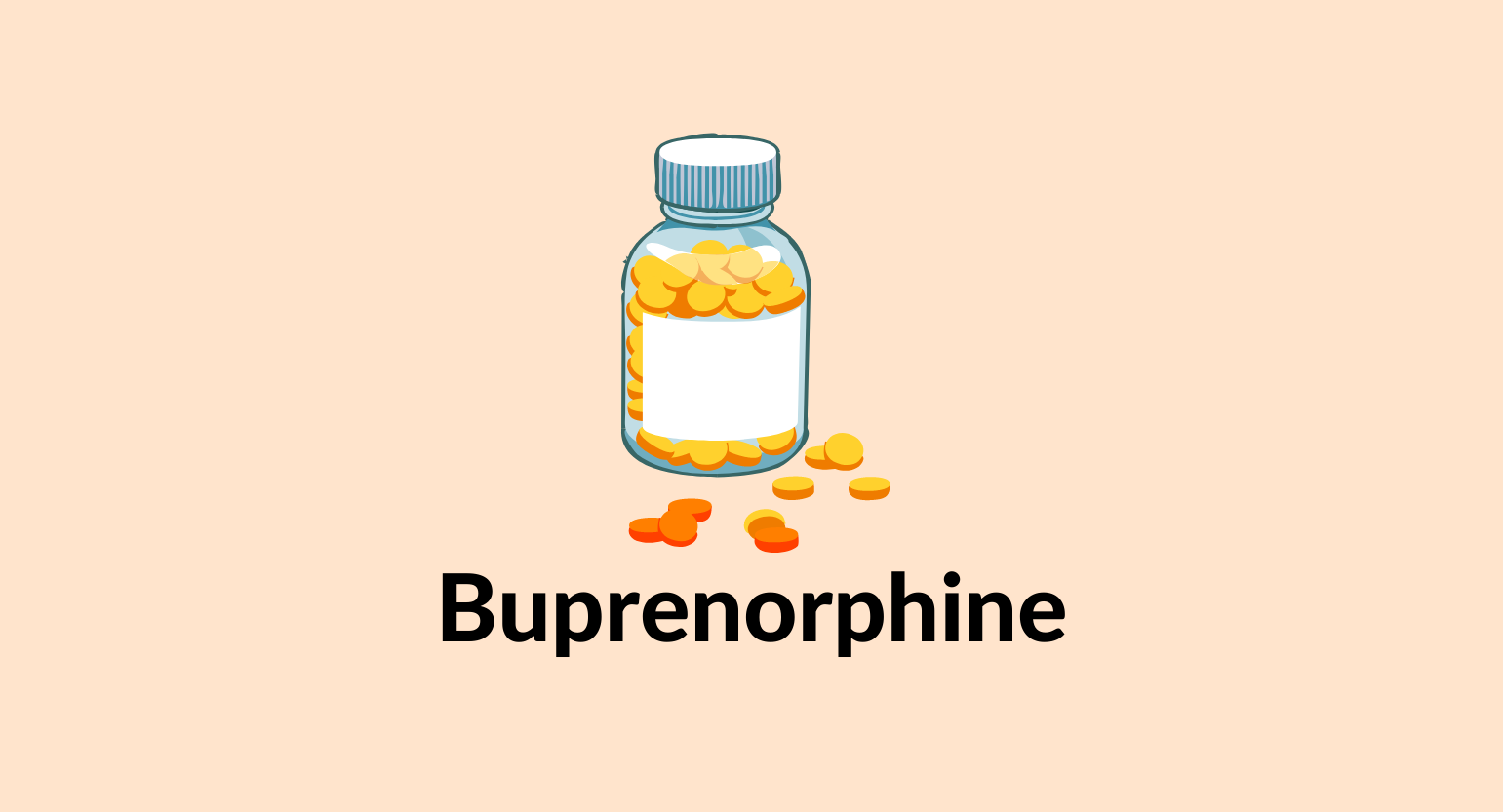
Does CBD Interact With Buprenorphine (Sublocade & Belbuca)
CBD can act as a metabolic inhibitor as well as an agonist for the opioid painkiller buprenorphine, enhancing its effects. Is this a safe combination?
Buprenorphine is a partial opioid agonist used for managing severe pain and opioid withdrawal. It is mostly used in treating pain that has become unresponsive to other forms of treatment.
When used with buprenorphine, cannabidiol (CBD) can serve as a metabolic inhibitor, slowing down its metabolism and making it last longer in the body. Its effect can be enhanced by CBD, making it stronger but also producing additional negative effects.
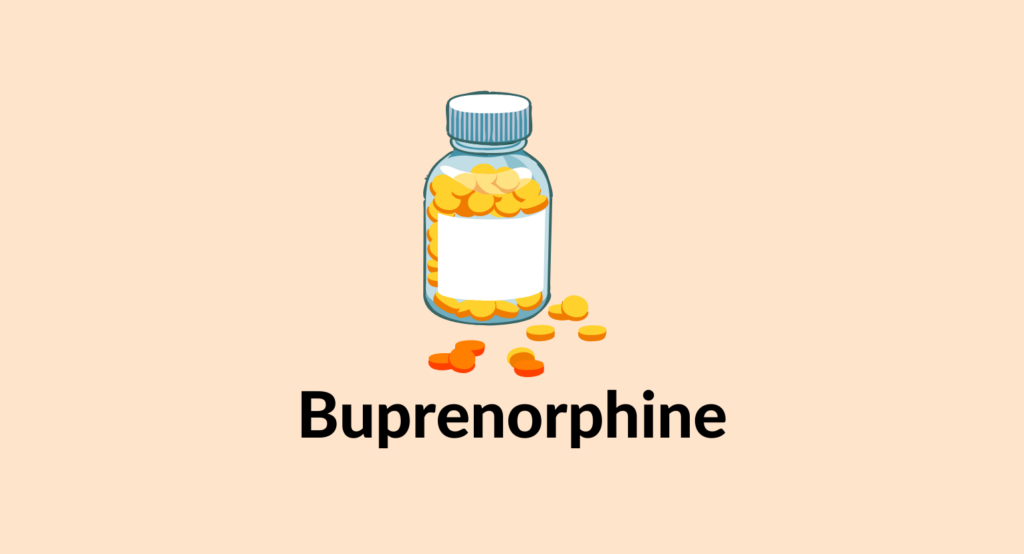
Does CBD Interact With Buprenorphine (Sublocade & Belbuca)?
Yes. CBD can interact with buprenorphine.
CBD can make buprenorphine act for a longer time in the body, making it more effective but causing more side effects.
It does this by two methods:
A. Buprenorphine’s Metabolism Can be Slowed Down by CBD (Metabolic Inhibition)
When two medications require the same enzyme to metabolize, metabolic inhibition occurs. As a result, they compete with each other, resulting in a slower metabolization of one or both medicines.
The CYP3A4 enzyme breaks down buprenorphine, but CBD can be metabolized by the same enzyme.
As a result, when they are consumed simultaneously, they compete for the same enzymes, causing an increase in buprenorphine levels. Its clearance is slowed, causing it to stay in the body longer, risking greater negative effects.
B. CBD Can Increase Buprenorphine’s Effects on the Body (Agonistic Interaction)
CBD and buprenorphine may interact agonistically as well.
When two or more items have the same effect on the body, this is called an agonistic interaction. These chemicals may operate on the same or different receptors but have the same effect.
Buprenorphine produces analgesic and sedative effects by interacting with the opioid receptors of the nervous system and suppressing it.
CBD’s action on the endocannabinoid system can bring analgesic effects.
As a result, taking both medications simultaneously may cause negative effects related to the nervous system’s excessive suppression.
Sedation, loss of consciousness, dizziness, and inability to concentrate are all possible side effects of their interaction.
Other Names For Buprenorphine
Buprenorphine is sold under many different names. All share the same risk and potential interactions.
Other names for buprenorphine include:
- Belbuca
- Brixadi
- Buprenex
- Butrans
- Probuphine
- Sublocade
- Suboxone
- Subutex
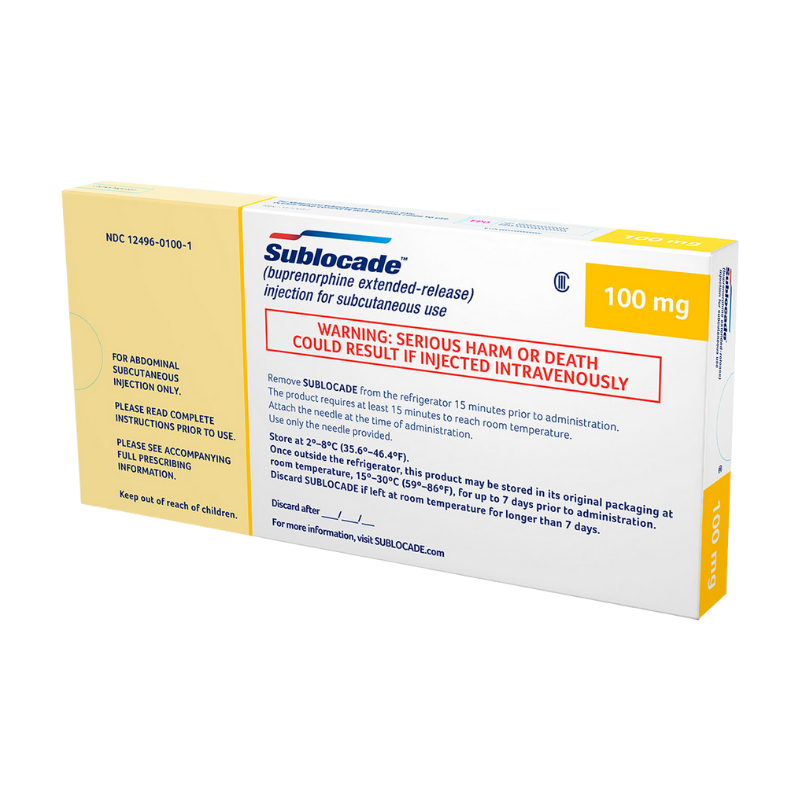
Similar Medications: CBD & Buprenorphine (Sublocade & Belbuca)
Buprenorphine is classified as an opioid. CBD and opioids all share similar risks for interaction and side effects.
Here’s a list of similar medications that share a similar level of risk when combined with CBD:
- Codeine
- Pethidine (Meperidine & Demerol)
- Fentanyl (Abstral & Actiq)
- Hydrocodone (Hysingla ER, Zohydro ER & Hycodan)
- Hydromorphone (Dilaudid)
- Methadone (Methadose & Dolophine)
- Morphine (Kadian & Roxanol)
- Oxycodone (Percodan, Endodan, Roxiprin, Percocet, Endocet, Roxicet & OxyContin)
- Tramadol (Ultram, Ryzolt & ConZip)
Is It Safe to Take CBD & Buprenorphine (Sublocade & Belbuca) Together?
There may be a mild interaction between CBD and buprenorphine.
CBD enhances the effects of buprenorphine by slowing down the clearance time of buprenorphine. These acts may cause buprenorphine’s side effects to worsen.
To lessen the adverse effects of both medications, a low dose of each may be recommended.
Before consuming CBD while on buprenorphine, talk to your physician first. Do not take them by your own accord. If you experience any unusual side effects, contact your physician immediately.

Is CBD a Viable Alternative to Buprenorphine (Sublocade & Belbuca)?
CBD cannot be regarded as a perfect substitute for buprenorphine. While it has analgesic qualities, it may not be as effective as buprenorphine in certain cases.
However, CBD has the potential to be an extremely effective pain reliever, and it could be used as an adjunct to opioids such as buprenorphine.
In patients with chronic pain, CBD hemp extract is useful in reducing discomfort. It can also improve these patients’ quality of life [1].
CBD also possesses antioxidant and anti-inflammatory effects, further helping some painful conditions [2].
What is Buprenorphine (Sublocade & Belbuca)?
Buprenorphine is an opioid analgesic and is FDA-approved. Sublocade and Belbuca are two of the brand names and are used in the management of acute moderate to severe pain.
Buprenorphine Specs

| Drug Name | Buprenorphine |
| Trade Name | Cizdol, Brixadi, Suboxone, Belbuca, Buprenex, Butrans, Probuphine, Sublocade, Suboxone, Subutex |
| Classification | Opioid |
| CYP Metabolism | CYP3A4 |
| Interaction With CBD | Metabolic inhibitor, Agonistic |
| Risk of Interaction | Mild |
What Does Buprenorphine Do?
Buprenorphine is a partial mu-opioid receptor agonist and a mild kappa-opioid receptor antagonist that is used to treat severe pain. It’s also a popular substitute for methadone in the treatment of severe opioid addiction.
Because buprenorphine has a low gastrointestinal absorption rate, it is available as a sublingual tablet.
Buprenorphine’s Method of Action
Opioids attach to specific opioid receptors in the nervous system. Opioid receptors are divided into three categories: μ, κ, δ (mu, kappa, and delta). An opioid’s capacities are determined by the receptor to which it binds, and each type of opioid receptor elicits a distinct set of neurological effects. Both the psychotropic and physical effects of opioids are mediated by these receptors. Opioid receptors are G-protein coupled receptors that positively and negatively influence synaptic transmission via downstream signaling.
Buprenorphine primarily interacts with the opioid mu-receptor in the central nervous system. These mu binding sites are found in the human brain, spinal cord, and other tissues. Analgesia and sedation are its major effects. Changes in mood, exhilaration, dysphoria, and tiredness are all possible side effects.
Buprenorphine causes depression in respiratory centers, suppression of cough reflex, and constriction of pupils.
It is frequently taken with the medication naloxone to lessen the risk of misuse.
Buprenorphine takes a long time to disassociate from opioid receptors, resulting in a long duration of action and alleviation from pain — it can last for almost 24 hours or more. Individuals who have developed tolerance to other strong opioids and require bigger and more frequent doses may benefit from once-daily buprenorphine.
Buprenorphine vs. Other Opioids
Buprenorphine may also be preferable to methadone, a medicine used to treat severe pain and opioid use disorder. It has a lower risk of overdose and respiratory depression, has fewer drug interactions, and has a lower risk of sexual adverse effects.
When compared to other full mu-opioid agonists, buprenorphine operates as a partial mu-opioid receptor agonist with a high affinity for the receptor but lower intrinsic activity. This means that buprenorphine binds to the opioid receptor more and displaces lower affinity opioids without activating the receptor in the same way. This leads to what is clinically known as the “ceiling effect,” in which buprenorphine’s effects plateau once it reaches a particular dose.
When compared to methadone and other full agonist opioids, this effect can be helpful because it reduces the danger of overdose.
It also means that individuals who use buprenorphine do not feel the same levels of drowsiness or euphoria as the users using other opioids. This helps to reduce their drug-seeking behavior.
However, buprenorphine can cause both addiction and withdrawal symptoms as well and must be used very carefully.
Side Effects of Buprenorphine
- Abdominal pain
- Asthenia
- Back pain
- Chills
- Constipation
- Diarrhea
- Dizziness
- Dyspepsia
- Fever
- Headache
- Hypotension
- Hypoventilation
- Hypersensitivity
- Infection
- Insomnia
- Miosis
- Nausea
- Nervousness
- Pain
- Rhinitis
- Runny eyes
- Sweating
- Vasodilation
- Vomiting

Key Takeaways: Is it Safe to Take Buprenorphine (Sublocade & Belbuca) With CBD?
CBD can slow down buprenorphine’s metabolism in the body, making it last longer but with additional negative effects.
As a result, the ideal approach to reduce their interaction is to take them both in minimal doses.
Do not start taking these medications on your own; always consult your prescribing physician first.
References
- Capano, A., Weaver, R., & Burkman, E. (2020). Evaluation of the effects of CBD hemp extract on opioid use and quality of life indicators in chronic pain patients: a prospective cohort study. Postgraduate medicine, 132(1), 56-61.
- Atalay, S., Jarocka-Karpowicz, I., & Skrzydlewska, E. (2020). Antioxidative and anti-inflammatory properties of cannabidiol. Antioxidants, 9(1), 21.
Signup to our newsletter
Be the first to know about our newest arrivals and special offers!









